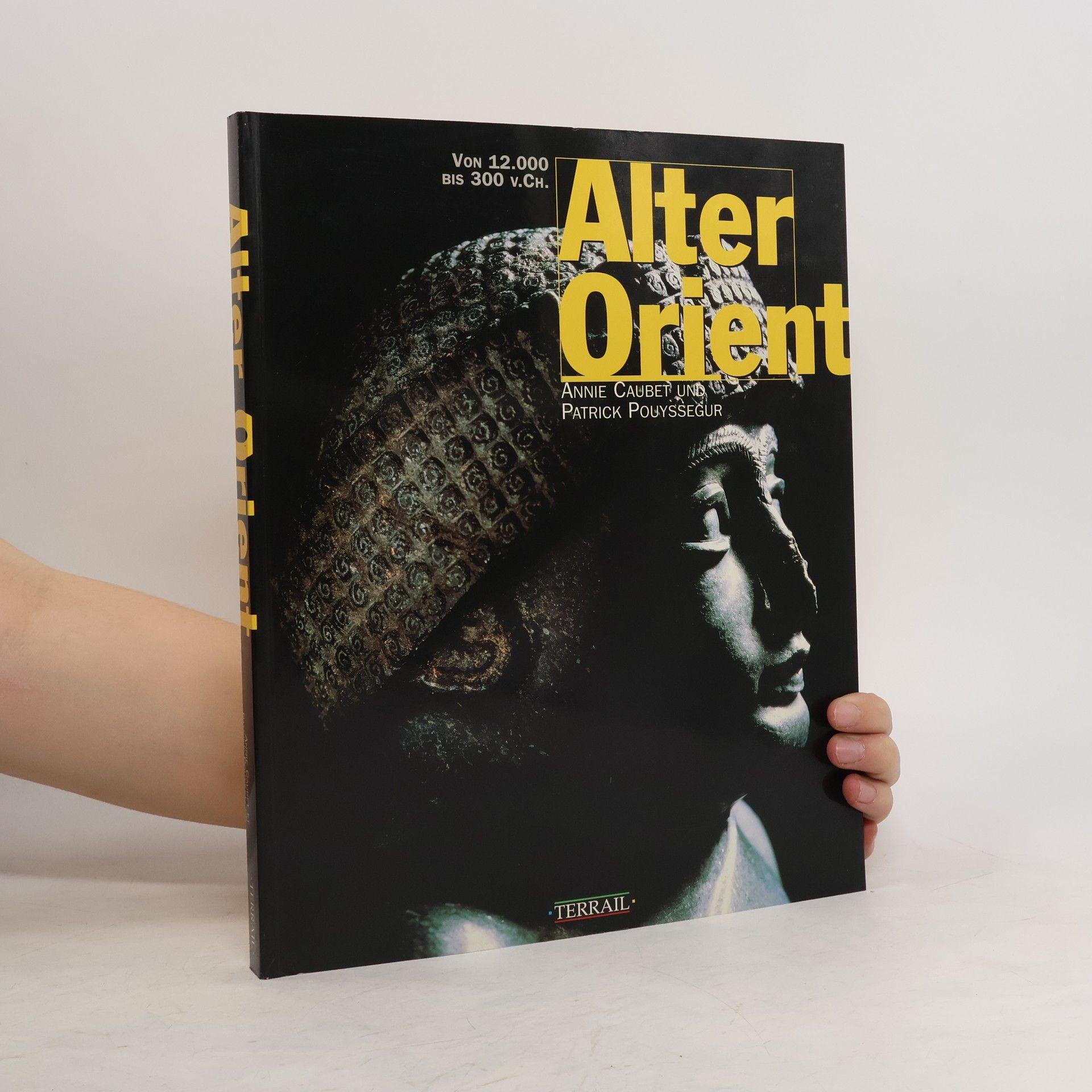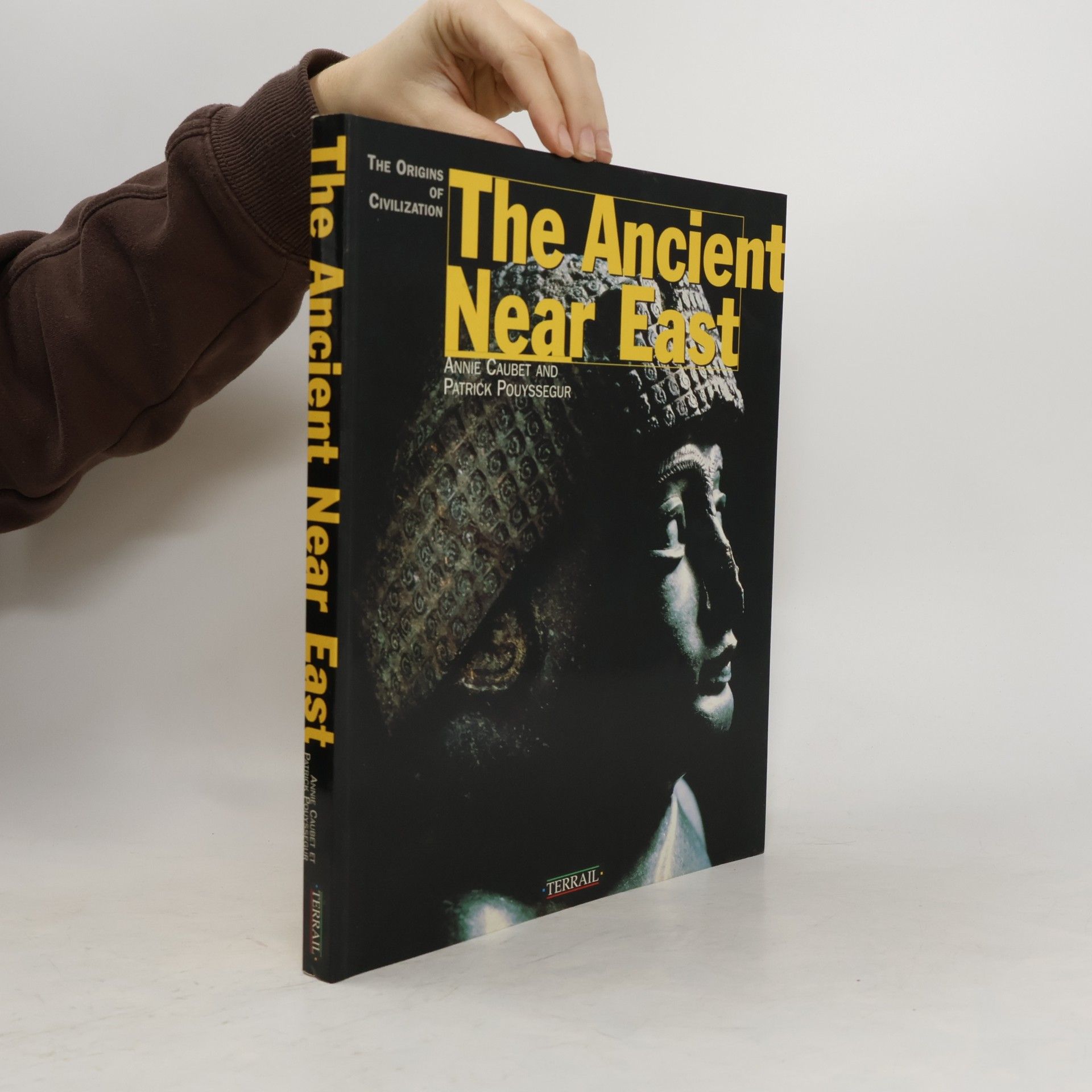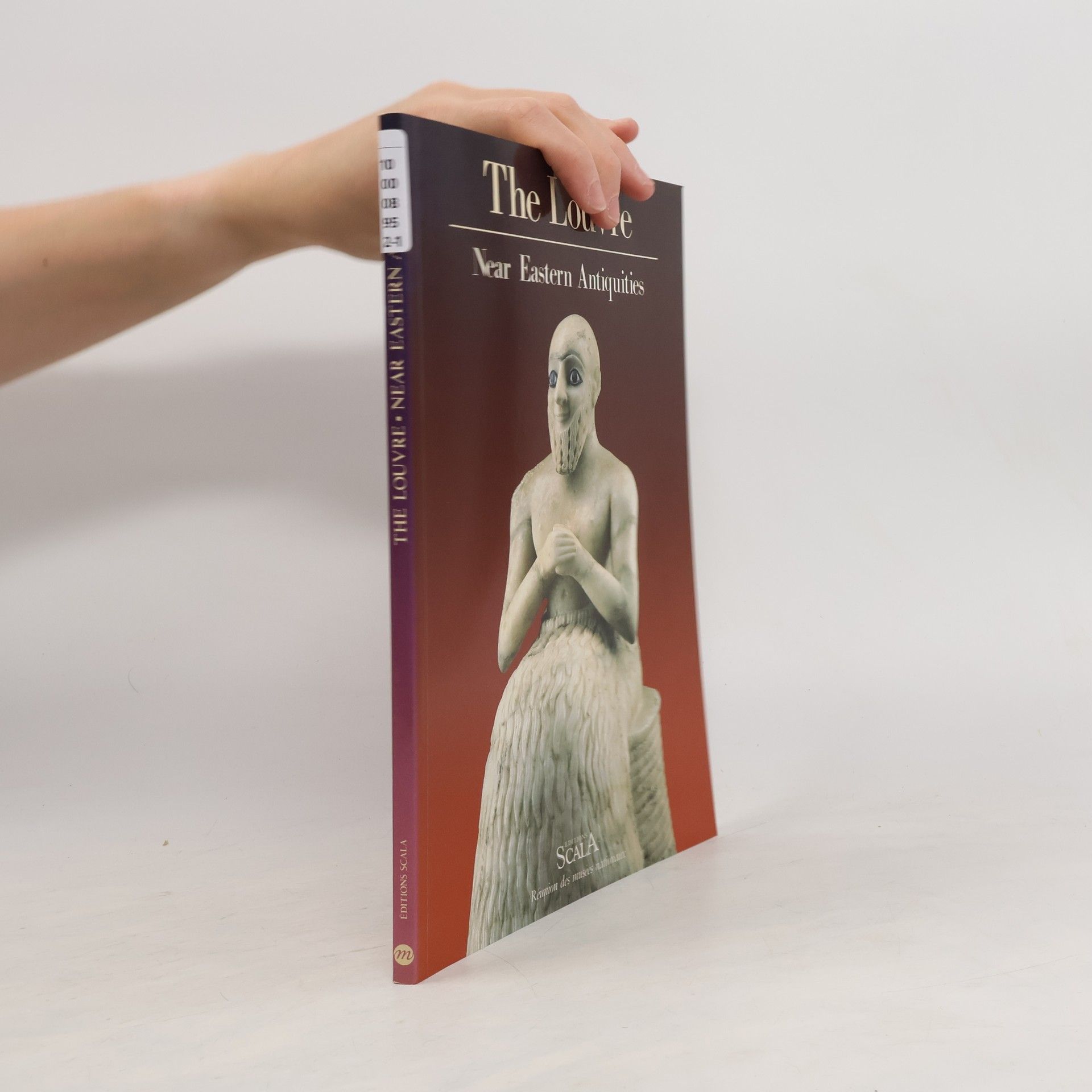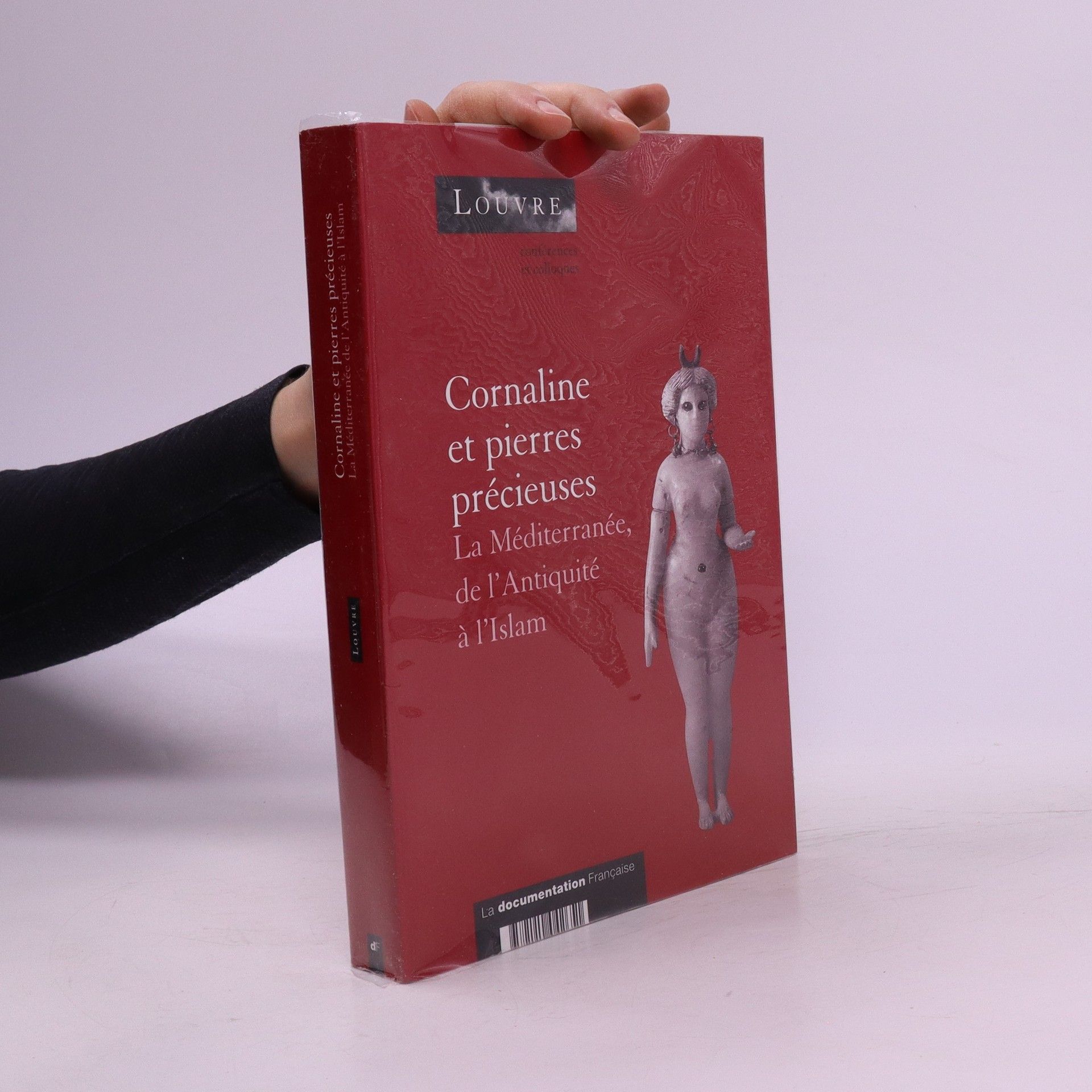Cornaline et pierres précieuses
- 486pages
- 18 heures de lecture






Cet ouvrage traite d'un ensemble d'objets en ivoire découverts à Arslan Tash, en Syrie du Nord, par une équipe archéologique française à l'époque du Mandat. Dans les ruines d'un palais avaient été entassées plusieurs centaines de plaquettes d'ivoire ayant servi à décorer des meubles en bois. Les ivoires d'Arslan Tash comptent parmi les créations majeures des artistes du Levant de cette époque, entre le IXe et le VIIIe siècle avant notre ère. Il s'agit de la première publication sur ces ivoires, exposés pour la plupart au Louvre mais également dans des musées étrangers.
Presents a catalog of the Louvre Museum's Near Eastern antiquities department. This work contains photographs and physical descriptions of the department's exhibits that range from from Sumer and the city of Akkad, with monuments such as the Prince of Lagash's Stele of the Vultures from 2450 BC and the stele erected by Naram-Sin, King of Akkad, to celebrate a victory over barbarians in the Zagros Mountains. Also presents the Code of Hammurabi, discovered in 1901, which displays Babylonian Laws prominently, so that no man could plead their ignorance. The 18th-century BC mural of the Investiture of Zimrilim and the 25th-century BC Statue of Ebih-Il found in the ancient city-state of Mari are also on displayed in this work. The Persian portion of this catalog contains work from the archaic period, like the Funerary Head and the Persian Archers of Darius I. This section also contains rare objects from Persepolis.